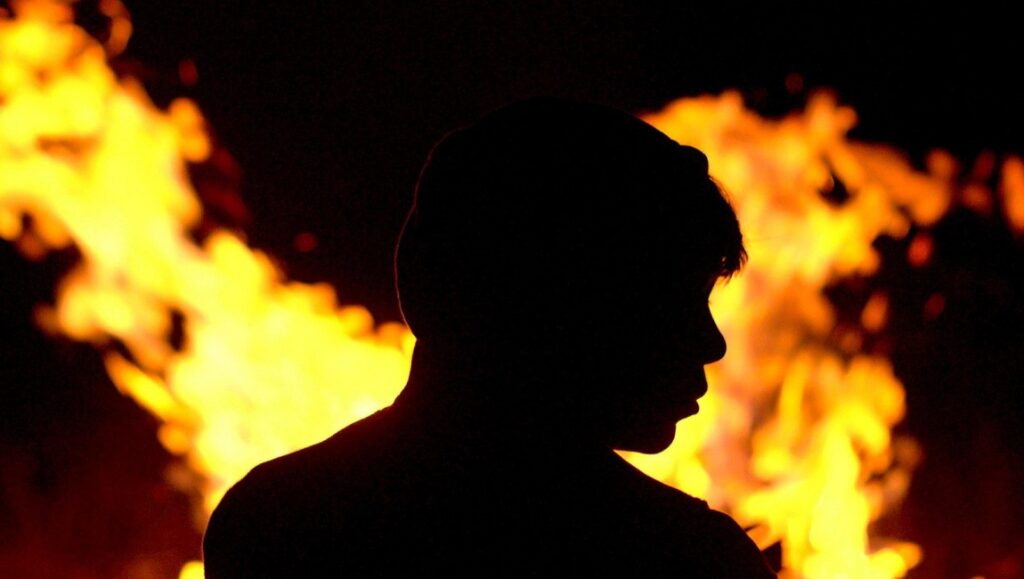Fernanda Valadez’s debut, while sometimes frustratingly broad, tells a well-known tale through unusual eyes, giving the classic immigration tale a welcome twist.
Within a cinematic tradition that associates the violence of Mexico’s crime-infested northern border with the high-stakes machismo of drug cartels and CIA spies, Identifying Features sets itself apart by virtue of its provenance and scope. The feature debut of Fernanda Valadez, a young and relatively unknown director, the film is also, atypically, centered around the victims, rather than the agitators of the region’s carnage. Its ostensibly prosaic title, taken from procedural terminology, clues us into this gear-shifting: Many would-be emigrants never make it past the border and are killed along the way, and parents yearning for a sense of closure make their way to the authorities, providing the physical traits of the deceased needed to identify them. Some, however, cannot be conclusively labeled dead or alive, and are henceforth declared missing, their whereabouts unknown. Valadez’s assured narrative follows Magdalena, an elderly woman whose son made the trip from Guanajuato to the north two months prior and has not been sighted since. While his companion has been found dead, his throat slashed open by a machete, the only trace of her son is his duffel bag, recovered near a mass grave. The border police believe him dead, and urge her to give up the search; the grieving mother persists all the same.
While refreshingly situated on the other side of the U.S.-Mexico border — focusing less on the implications of mass immigration and more on the emigrants themselves, specifically those who meet their ends at the hands of bandits and kidnappers — Identifying Features avoids deeply interrogating its landscape’s political history, consigning its purview to impressionistic visuals and sparse storytelling that shed little light on the equally cryptic violence it depicts. For one, it is not clear who the villains are, exactly; buses get stopped en route and gunmen ransack their passengers’ worldly possessions, not before slaughtering them indiscriminately. The relentless sadism and perpetual menace Magdalena bears witness to as she treks across no man’s land clearly contrasts her more small-scaled human encounters (a recently deported man around her son’s age; a surgeon and fellow mother claiming her dead son), shifting the focus away from geographical specificity and onto personal subjectivity, which is seen best in her subdued, suspended grieving and attempts to reconcile with fate. Bordering on abstraction, Identifying Features ultimately frustrates given a dearth of broader context, but it latches onto one key attribute: as proof of kinship, the bereaved draw blood to compare with the departed, identified too by the blood they shed.
Originally published as part of New Directors/New Films 2020 — Dispatch 2.


Comments are closed.